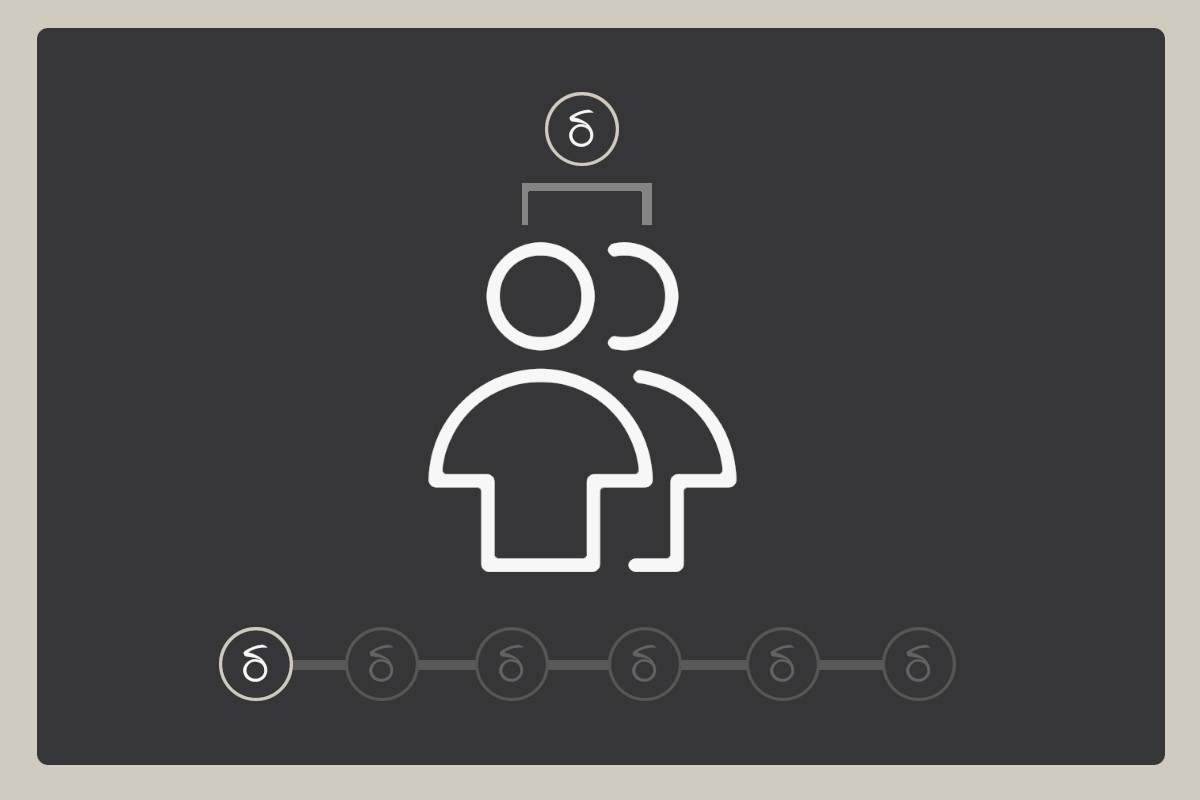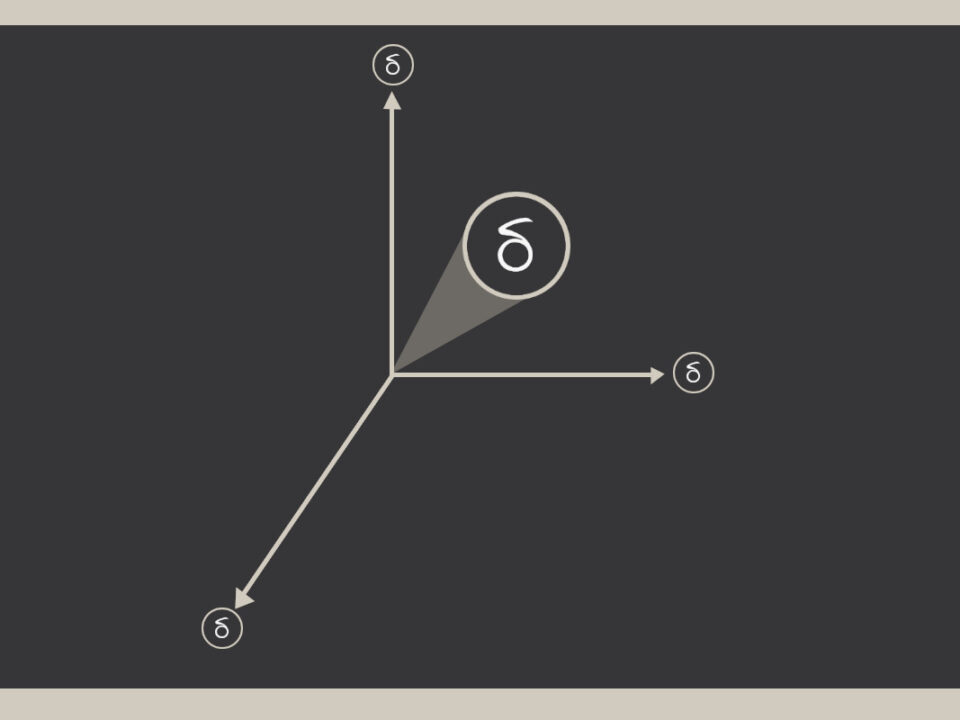The Alignment Delta And Search-First Digital Marketing
In my previous post here, I walked through my journey through digital marketing, viewed through the lens of my Mathematics background.
In that post I talked about finding “hidden deltas”. A delta (δ), again, represents a very small change – a gap or distance, if you will.
These deltas – or small changes – can be quite difficult to find or track down in the digital world.
Although channels like search and social are thought of as independent (and mostly independently managed), they can often interact and influence each other.
As things shift, develop and evolve in the digital world – be it search, social, content marketing – whatever channel customers use to discover, learn about and reach out to small businesses, – these hidden interactions between the channels are really difficult to see without a holistic view of things.
No matter what channels you’re using, however, most things you’ll try to adjust or change won’t help unless you start with alignment.
What Is Alignment?
This is going to be really obvious for some, but alignment is really just understanding:
> Who Your Customers/Clients Are
> Where Your Customers/Clients Are Located
> What Specific Problem(s) Your Small Business Solves
> Where Your Customers Look Online To Solve Their Problems
What Is The Alignment Delta (δ)?
The Alignment Delta is the distance (δ) from where you’re at now to being perfectly aligned with your customers, digitally.
So if you can’t specifically describe your customers or clients, are vague or undecided with where your customers are located, are trying to solve too many problems (or solving hard to describe or too general problems) and are unsure where your customers or clients are looking online — then your delta is going to be very large (meaning you’re very misaligned with your customers and you have some work to do close that distance).
As you refine, adjust and apply changes to those over time, your alignment delta gets closer and closer to zero (0) – a delta of zero means you’re perfectly aligned with your target customers and clients – our ultimate goal with assessing your alignment.
An Example Alignment
Let’s take a made up company – call it “Widget Painting Company” that’s located in Texas.
They started online, not really knowing exactly who their customers are so their digital profiles are filled with vague, unclear, generic messages about painting.
They’re also not very clear about where they work, what kind of painting they do, and are active in online platforms that aren’t really relevant to their customers.
Let’s run through the questions (with example answers):
> Who Are Your Customers?
Answer: “specifically, homeowners only – not meant for businesses or commercial building owners”
> Where Are Your Customers/Clients Are Located?
Answer: “we work primarily in Austin – that’s where our headquarters is”
> What Specific Problem(s) Does Your Small Business Solve?
Answer: “we can help homeowners that need exterior house painting, as well as interior painting – kitchens, bedrooms, bathrooms, etc.”
> Where Do Your Customers Look Online To Solve Their Problems?
Answer: “we’ve heard from our customers that many use a search engine to look up paint colors and ideas or end up sharing their paint projects on Facebook and Instagram after their project is finished”
So after answering just 4 quick questions, we can run Widget Painting Company’s delta to zero in a few statements:
Widget Paint Company is a residential painting company that offers exterior and interior painting services to homeowners in Austin, Texas.
We also now know their customers are active search engine and social media users, which gives us clues on where they could start their digital marketing efforts. Knowing that they serve only Austin homeowners, this can help us further optimize their search & social media efforts.
How Starting With Search Helps Alignment
Search engine optimization (SEO) is especially helpful with alignment, so it’s often a great starting point for many small businesses to help make adjustments.
Why is SEO so helpful?
Folks use search engines for a variety of reasons – to explore topics, learn about new ideas, get inspiration for projects and help them find someone to solve a problem or issue they’re facing.
If the problem they have happens to be an offline issue, then they’re likely looking for someone in the same area that they live in – like house painting, for example.
Obviously, they’re unlikely to want to hire a house painter that’s 1,000 miles away — search engines understand this and prefer to offer search results that include businesses that are closer to where they live (or are searching from).
Knowing this, house painters in the area can make it very clear that they offer house painting services in that immediate area.
As you can see from the example above, the goal for optimizing for search is exactly the same as the alignment statement above:
“Widget Paint Company is a residential painting company that offers exterior and interior painting services to homeowners in Austin, Texas.”
Clear, precise and easy to understand for both customers and search engines (any digital channels, really). Perfectly aligned.
The Delta Story Is Not Done With Alignment
With your alignment delta at zero – meaning you’re now aligned perfectly with your customers and their needs (and where they may be looking to satisfy their needs) the work really begins.
In the example above you can imagine, there are likely many, many companies that offer exterior and interior house painting services in Austin.
So WHY should they choose Widget Paint Company over others in their area?
In my next post we’ll step into the “Why Delta” — understanding what makes your small business unique and why your customers should prefer choosing you over others that offer a similar solution or service.




